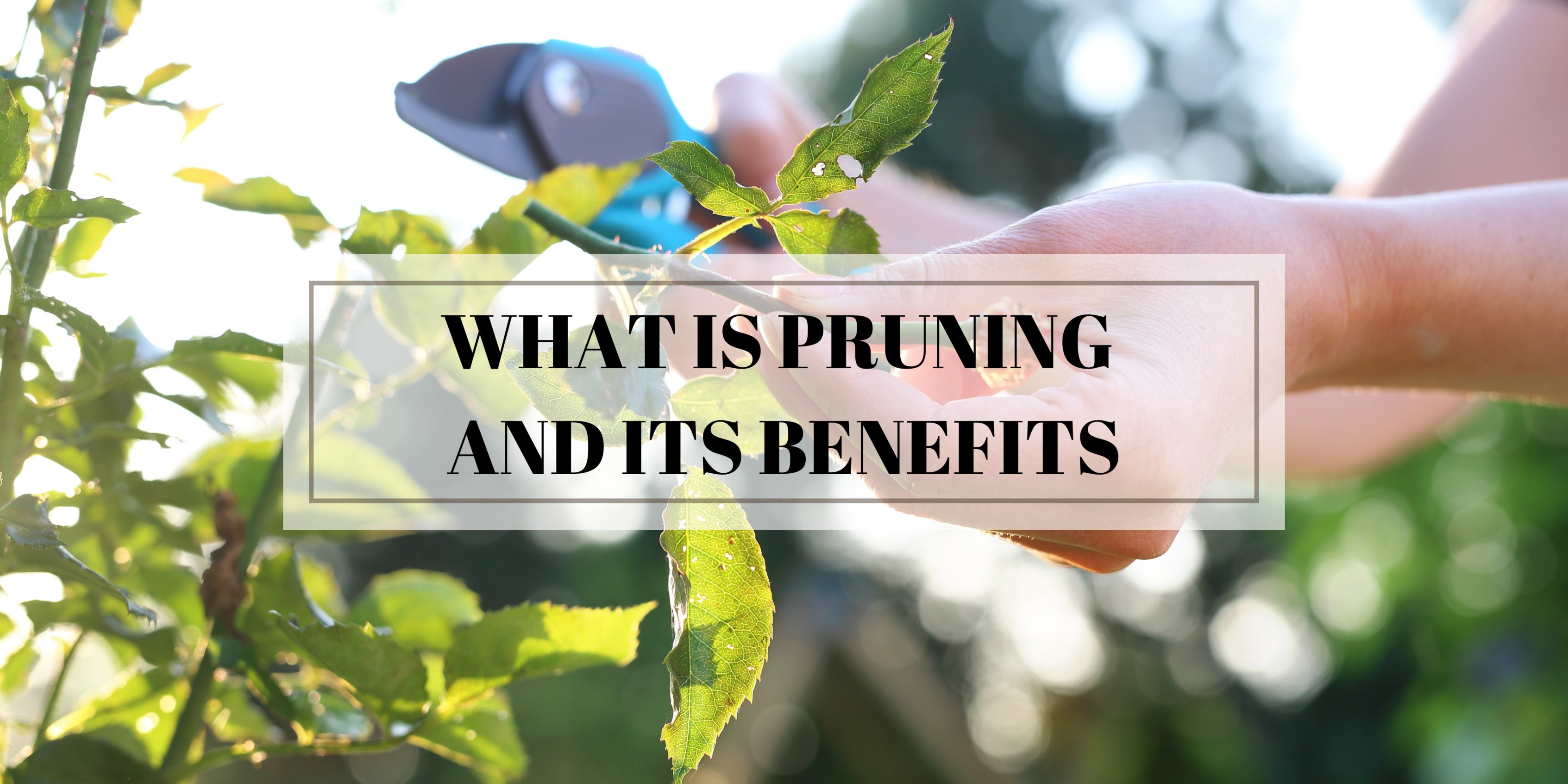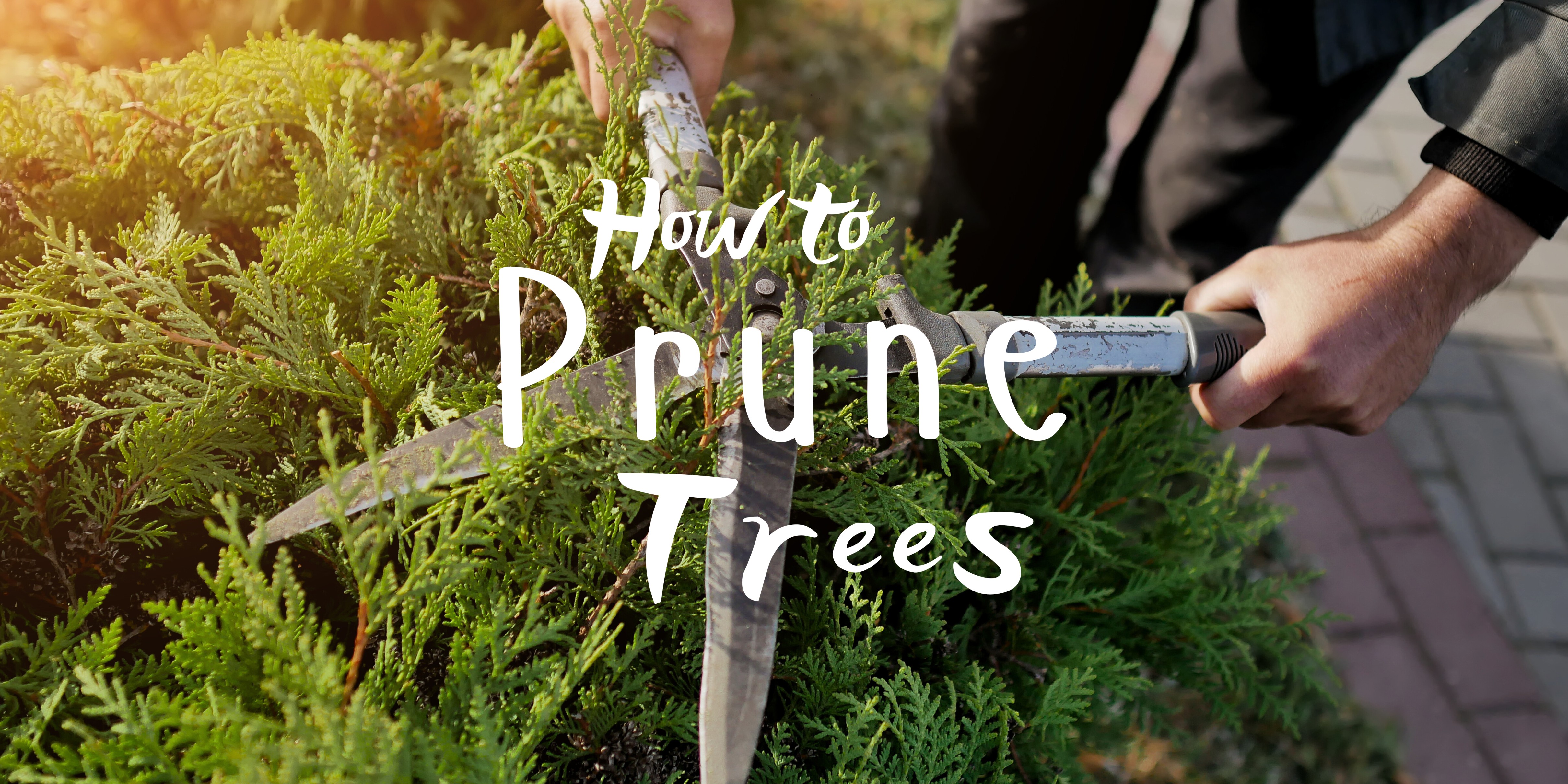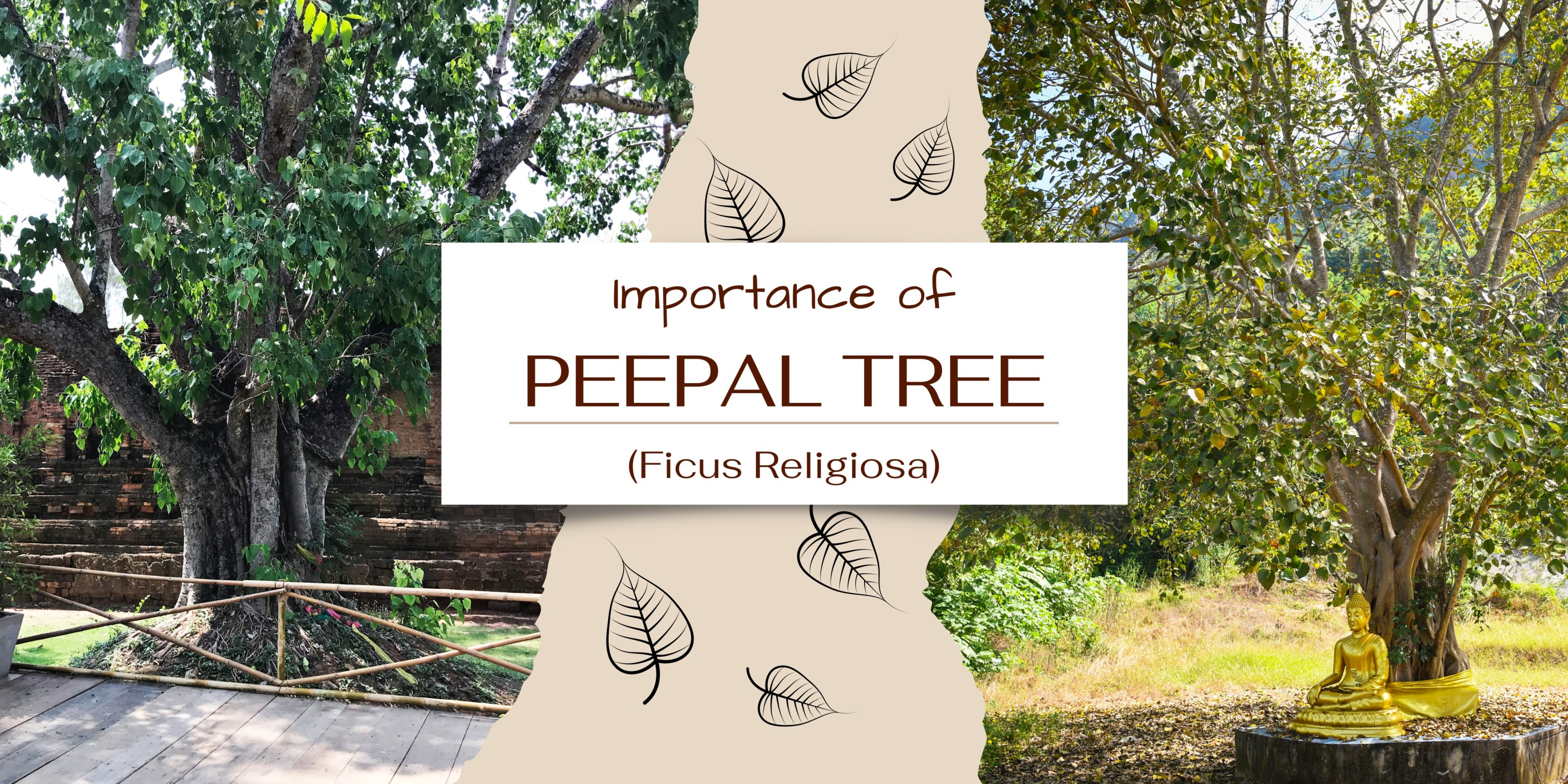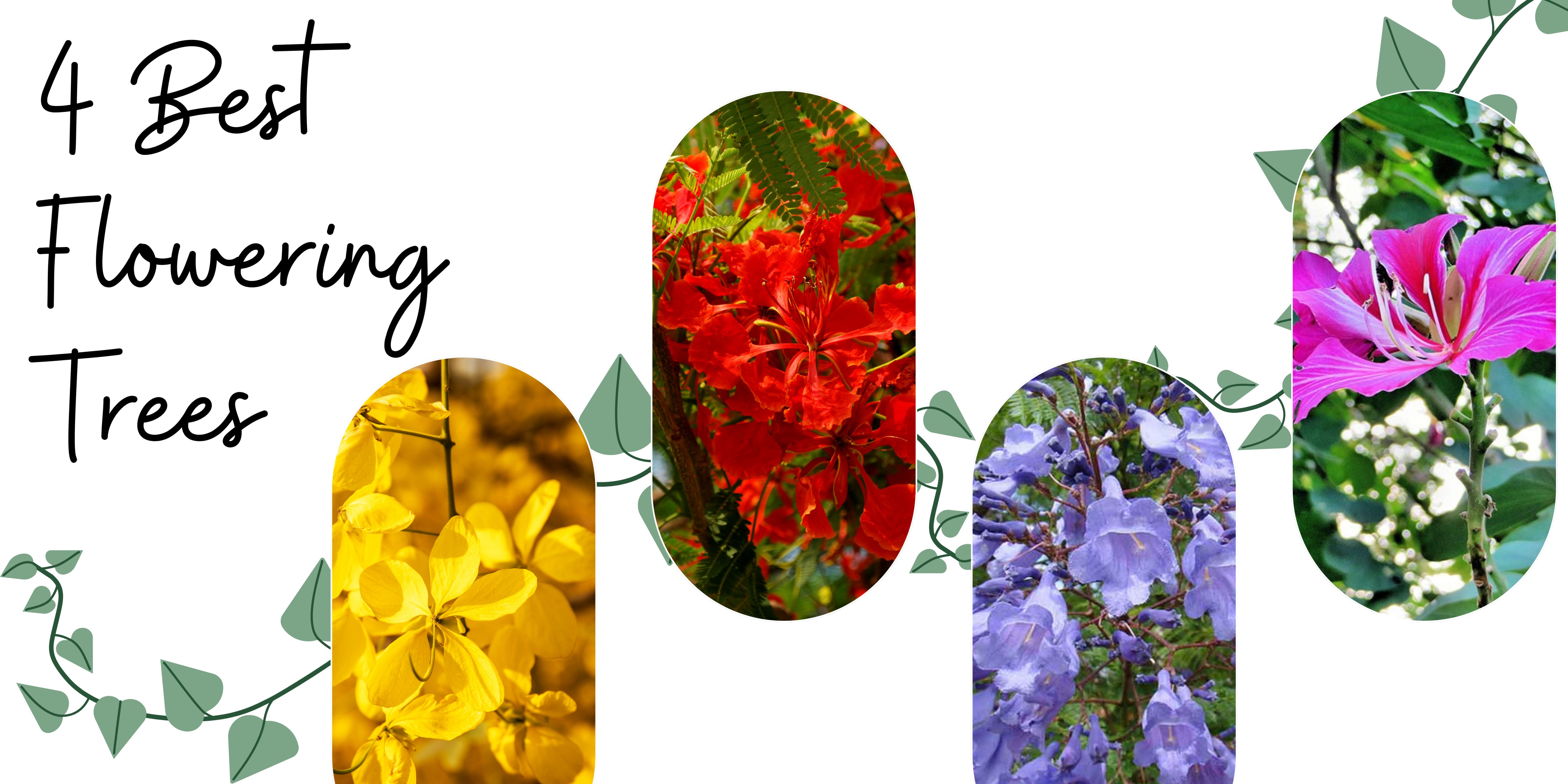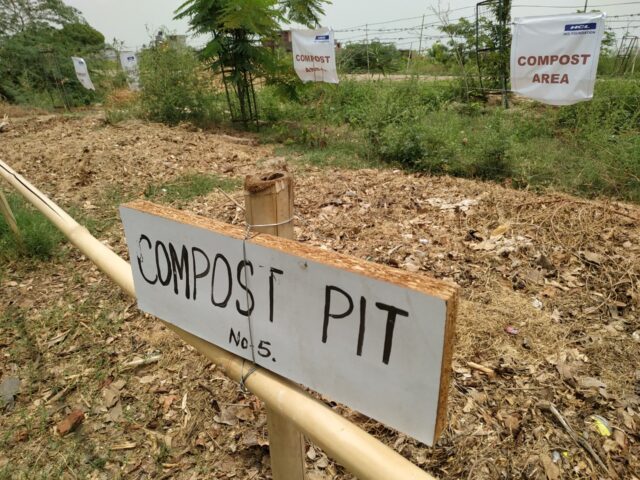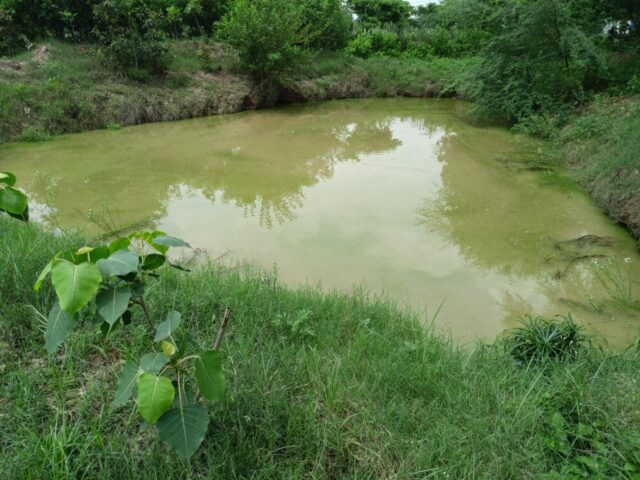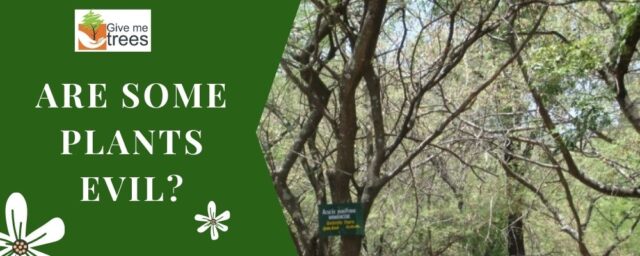
Trees are the best gifts for mankind. They not only provide us with oxygen but also provide shade to keep the environment cool. Trees are a blessing during summer heat under which we can sit, relax, and enjoy. Each tree is an ecosystem in itself which helps in maximizing biodiversity.
India is home to a variety of trees that provide shade and relief from the scorching heat. If you want t provide shade to your home or outdoor living space, you have to plant some shade-giving trees which have a good height, and a large canopy to protect your lawn and home from the sun. there are many trees that not only provide shade but also add beauty to your landscape.
Here are 10 of the best shade-giving trees in India:
1. Siris Tree (Albizzia lebbek)
Indian Siris or Albizzia lebbek is one of the best shade-giving trees to plant in India. It is native to the Indian subcontinent. It is a fast-growing deciduous tree that can grow up to 30 meters tall and has a spreading canopy that provides ample shade. Its leaves are bipinnate, and its flowers are fragrant and yellow in color. Siris Tree is often planted as an ornamental tree in parks, gardens, and along roadsides for its aesthetic value and shade-giving properties.
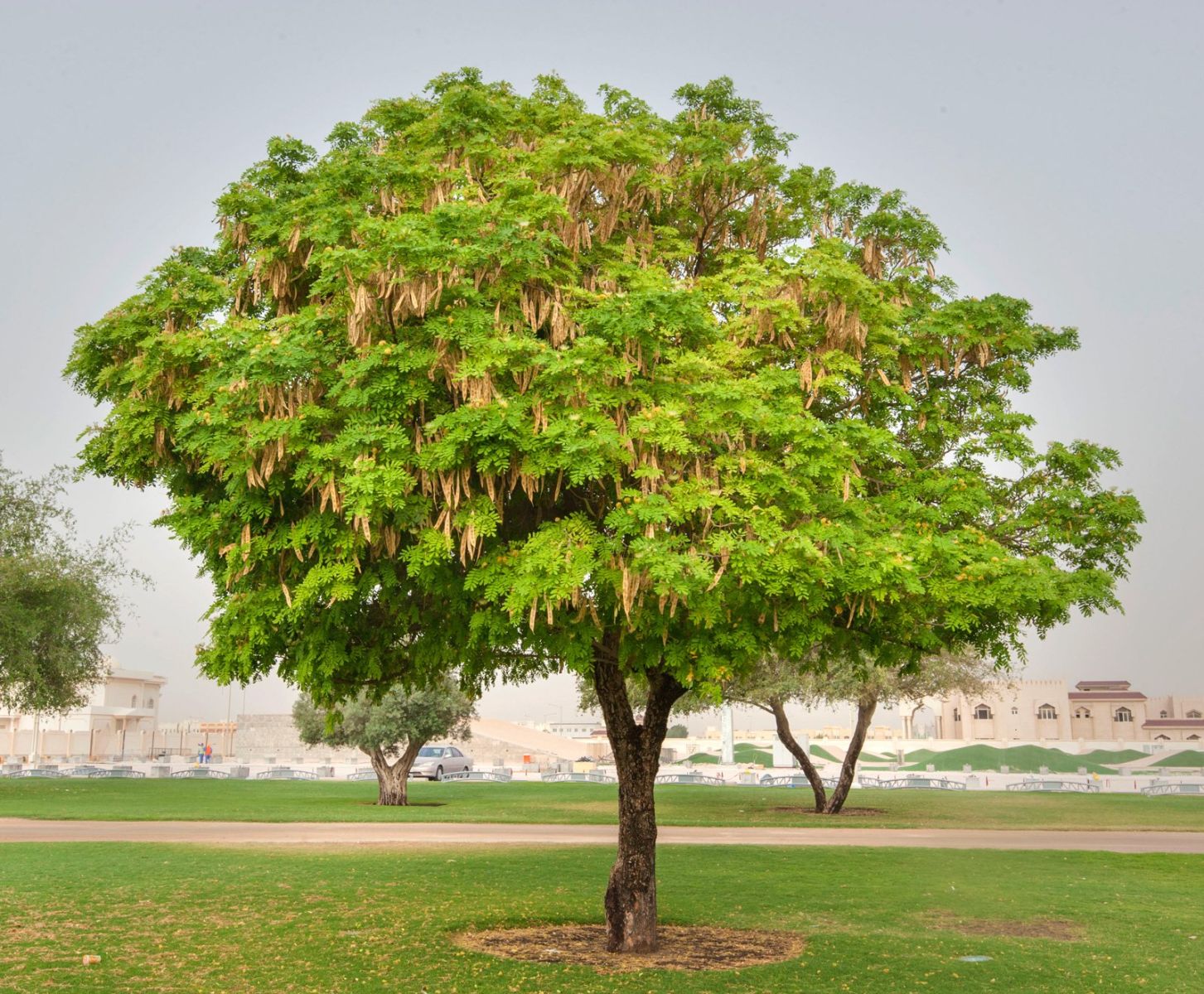
2. Neem Tree (Azadirachta indica)
The Neem tree, also known as Azadirachta indica, is a tropical evergreen tree that is native to India and widely cultivated in other tropical and subtropical regions. It is one of the best trees for shade due to its large leaf canopy. It is known for its numerous medicinal and ecological properties, which have made it an important plant in traditional Indian medicine and in sustainable agriculture.
Neem tree has the ability to thrive in arid and semi-arid conditions with a fast growth rate, and resistance to pests and diseases. Apart from giving shade, its other advantage is that the roots grow straight down, so they don't mess up pipes underground and don’t affect the foundation of houses.
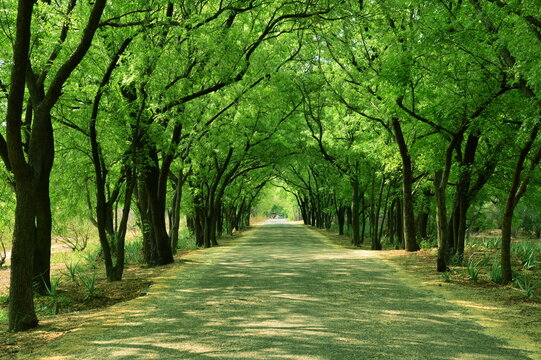
3. Karanj Tree (Pongamia pinnata)
Karanj Tree is known by several common names like Indian beech, and pongam oil tree. The tree can grow up to 15-25 meters in height and has a wide range of uses, including as a source of biodiesel, timber, and medicinal products. Its seeds are particularly valuable, as they contain a high percentage of oil that can be extracted and used for a variety of purposes. Karanj is one of the fast-growing shade trees.
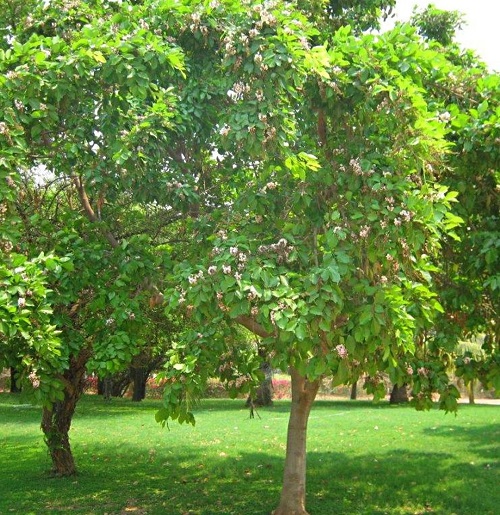
4. Putranjiva Tree (Putranjiva roxburghii)
Putranjivatree also known as Putranjiva roxburghii, is a species of tree native to Southeast Asia and India. It belongs to the family Putranjivaceae and is commonly known as the child-life tree or Indian putranjiva. It is an evergreen tree that can grow up to 20 meters tall, with a dense crown of leaves that give plenty of shade. Small yellow flowers bloom on this tree from February to April. The tree produces a fruit that is edible and has a sour taste.

5. Jamun Tree (Syzygium cumini)
If you are looking for a shade tree for your house, then Jamun should be the one to go for. The jamun tree grows very tall reaching the height of about 30 to 35 feet. This particular tree is among the easiest to grow and is one of the best fast-growing shade trees in India. It is well known to offer various health advantages and is used to treat a wide range of medical conditions, including diabetes, indigestion, high blood pressure, etc. These trees can live for at least 100 years. The bark of the Jamjun Tree is smooth and light greyish in the higher portions, but it becomes dark grey and rough at the base of the tree.

6. Ber or Indian Jujube Tree (Ziziphus mauritiana)
Indian jujube, also known as ber or Ziziphus mauritiana, is a tropical fruit tree that is native to South Asia. The fruit is small, round, and yellow-green in color, with a sweet and tangy flavor. It is commonly eaten fresh or dried and is also used in jams, jellies, and chutneys. Indian jujube is rich in antioxidants, vitamins, and minerals, and has been used in traditional medicine to treat a variety of ailments. Ber Tree is indeed one of the best trees to plant near the house for shade.
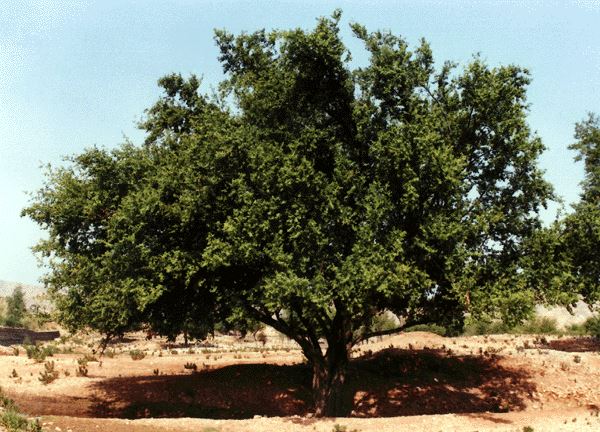
7. Mango Tree (Mangifera indica)
The mango tree is one of the shade trees that you commonly find in the yard. If you take care of it diligently, the mango tree can make a house feel great because it can reach 10 meters high! In addition, you can also harvest mangoes if you take care of them appropriately. Fun, right? However, don’t neglect the maintenance because the mango trees that you plant can be attacked by pests and diseases.
A mango tree is a long-lived evergreen tree that produces delicious tropical fruit. It is native to South Asia but is now widely grown in tropical and subtropical regions around the world. Mango trees can grow up to 100 feet tall and have a broad, spreading canopy. The fruit of the mango tree is typically oval-shaped and varies in size depending on the variety. It has a sweet, juicy flesh that can be eaten fresh or used in a variety of dishes, such as smoothies, salads, and desserts. Mango trees require warm temperatures and plenty of sunlight to thrive, and they are often grown in home gardens and orchards.
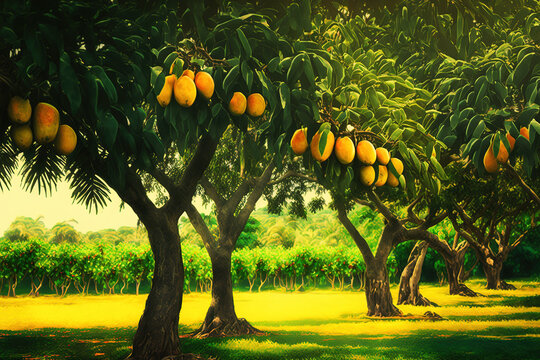
8. Shahtoot Tree (Mulberry Tree)
Shahtoot tree, also known as the mulberry tree, is a deciduous tree that produces sweet and juicy berries. It is native to Asia, Europe, and Africa, and has been cultivated for thousands of years for its fruit, leaves, and wood. The tree can grow up to 30 feet tall and has a wide-spreading canopy. It is also known for its fast growth rate.
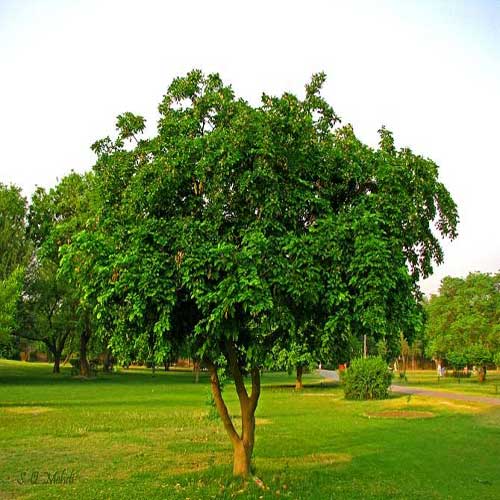
9. Arjuna Tree (Terminalia arjuna)
The Arjuna Tree, also known as Terminalia Arjuna, is a shade-giving tree that is commonly found in India. It is a popular Ayurvedic medicine that has been used for centuries to treat various health conditions. The bark of the tree is particularly useful, as it contains compounds that have antioxidant and anti-inflammatory properties. In addition to its medicinal properties, the Arjuna Tree is also valued for its timber, which is used in construction and furniture making. The tree is considered sacred in Hindu mythology and is often planted near temples and sacred sites.
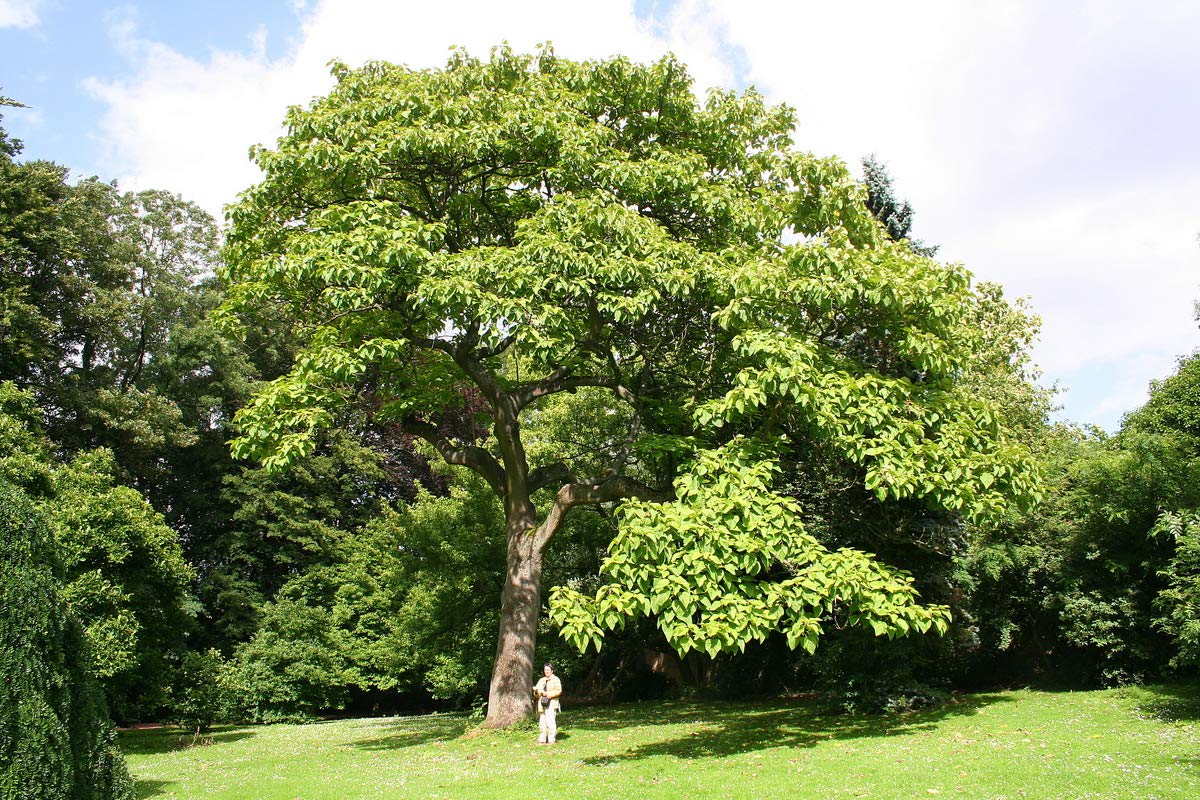
10. Bel Patra or Wood Apple Tree (Limonia acidissima)
Bel Patra or Wood Apple is one of the best trees for shade. The wood apple tree, also known as Limonia acidissima, is a deciduous tree native to the Indian subcontinent and Southeast Asia. It has a rough, greyish-brown bark and produces large, green fruit with a hard shell that must be cracked open to reveal the edible pulp inside. The pulp is tart and aromatic and is commonly used in traditional medicine to treat a variety of ailments.
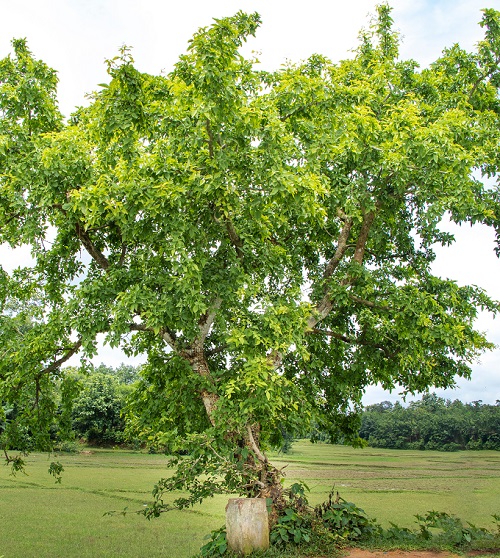
Growing shade-giving trees can provide numerous benefits. They can help to reduce energy costs by shading buildings and reducing the need for air conditioning. They also provide a cool and comfortable outdoor space for people to relax and enjoy. Shade trees can also help to improve air quality by absorbing pollutants and releasing oxygen. Overall, growing shade-giving trees is a great way to improve the environment and enhance the quality of life for both people and animals.
Liked It? Pin It!

.png)

















